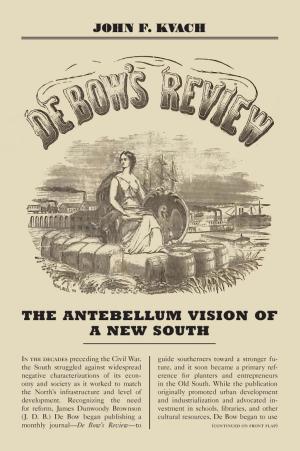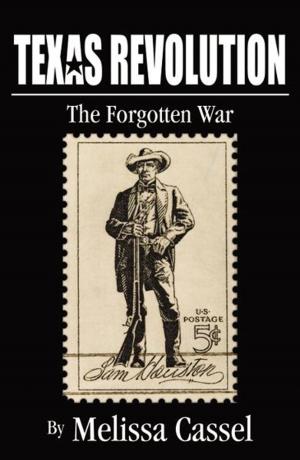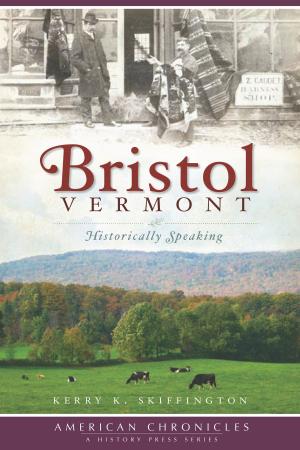Slavery on Stage: Black Stereotypes and Opportunities in Nate Salsbury’s “Black America” Show
Nonfiction, History, Americas| Author: | David Fiske | ISBN: | 9781301428496 |
| Publisher: | David Fiske | Publication: | September 30, 2013 |
| Imprint: | Smashwords Edition | Language: | English |
| Author: | David Fiske |
| ISBN: | 9781301428496 |
| Publisher: | David Fiske |
| Publication: | September 30, 2013 |
| Imprint: | Smashwords Edition |
| Language: | English |
After exposing the public to a huckstered version of life in the West--via his Wild West Show featuring Buffalo Bill Cody--Nate Salsbury initiated a new production called "Black America." Black America set out not merely to entertain, but to educate the public about the lives blacks had led in the antebellum south.
Among the singing and dancing performances were examples of black culture that had developed under slavery, as well as newer creations. Show business considerations, as well as stereotypical thinking, resulted in the inclusion of minstrel songs, cakewalks, and tap dancing, but Salsbury's original purpose for creating the show was largely one of public education, and Black America was less exploitative than other contemporary productions.
In 1895, Black America entertained and taught audiences for one summer in Brooklyn, and that autumn had a short run at venues in several other cities. Because of the size of its all-black cast, it gave many African-Americans a foot in the door for careers in show business, and increased public awareness of their many skills and talents.
After exposing the public to a huckstered version of life in the West--via his Wild West Show featuring Buffalo Bill Cody--Nate Salsbury initiated a new production called "Black America." Black America set out not merely to entertain, but to educate the public about the lives blacks had led in the antebellum south.
Among the singing and dancing performances were examples of black culture that had developed under slavery, as well as newer creations. Show business considerations, as well as stereotypical thinking, resulted in the inclusion of minstrel songs, cakewalks, and tap dancing, but Salsbury's original purpose for creating the show was largely one of public education, and Black America was less exploitative than other contemporary productions.
In 1895, Black America entertained and taught audiences for one summer in Brooklyn, and that autumn had a short run at venues in several other cities. Because of the size of its all-black cast, it gave many African-Americans a foot in the door for careers in show business, and increased public awareness of their many skills and talents.















